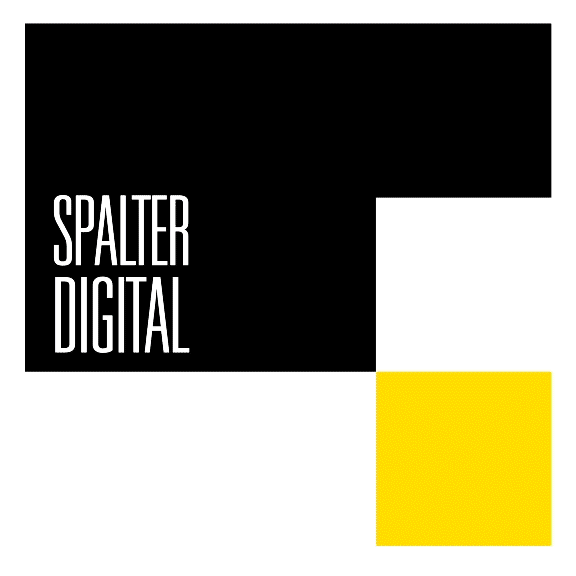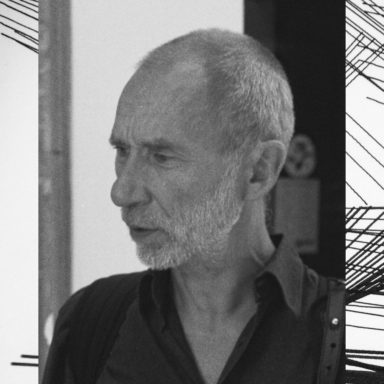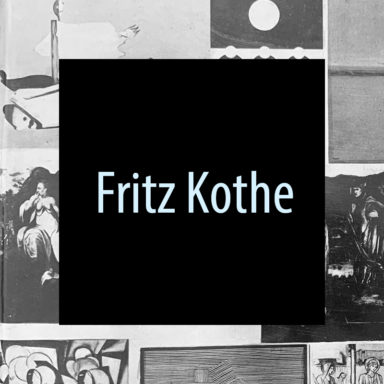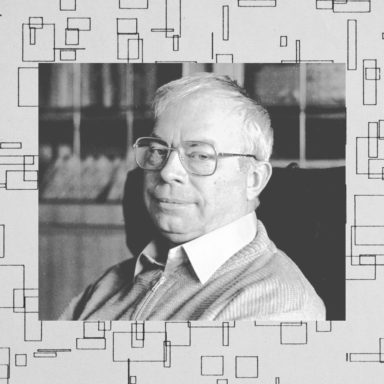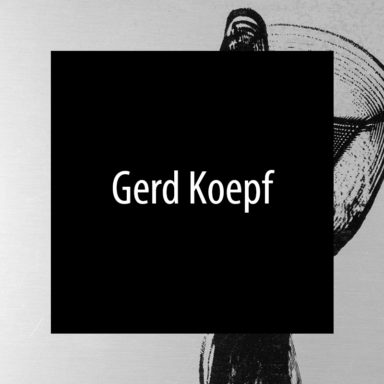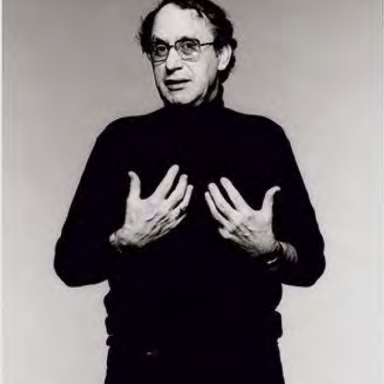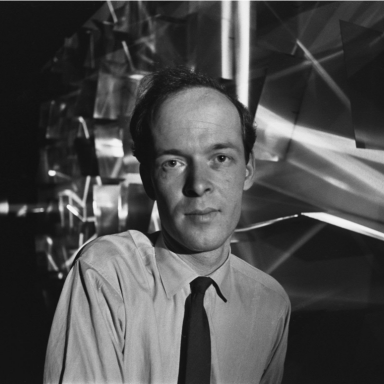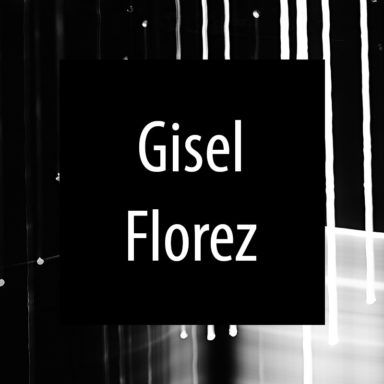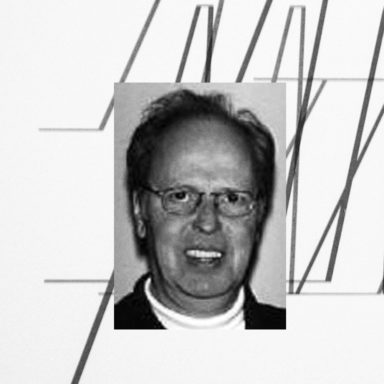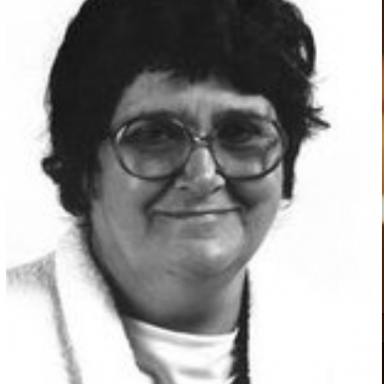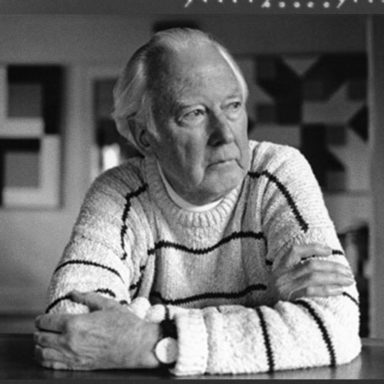
Frederick Hammersley
Frederick Hammersley (January 5, 1919 – May 31, 2009)[1] was an American abstract painter. His participation in the 1959 Four Abstract Classicists exhibit secured his place in art history. Frederick Hammersley was born in Salt Lake City, Utah.[2] His father, a Department of the Interior employee, moved the family to Blackfoot, Idaho[3] and eventually to San Francisco, where the young Hammersley first took art lessons.[1] His studies later […]
